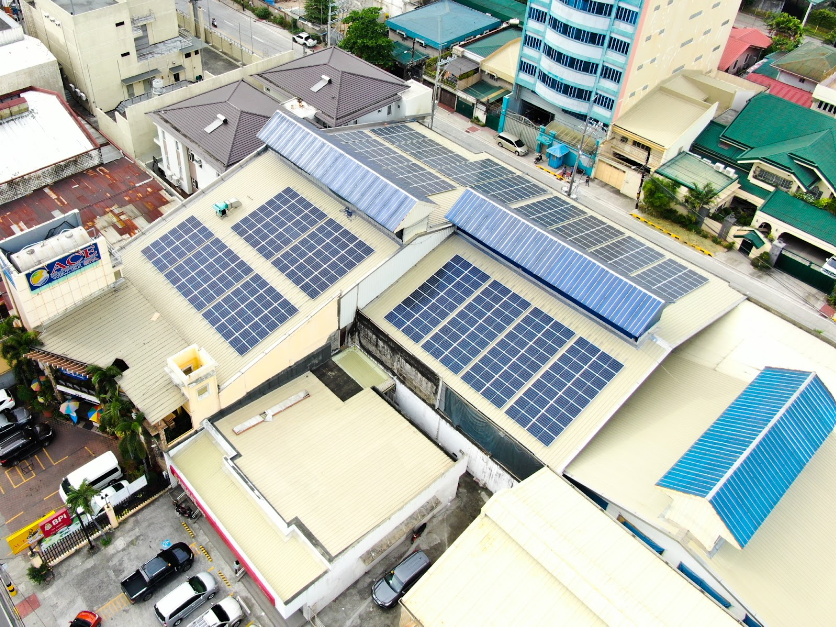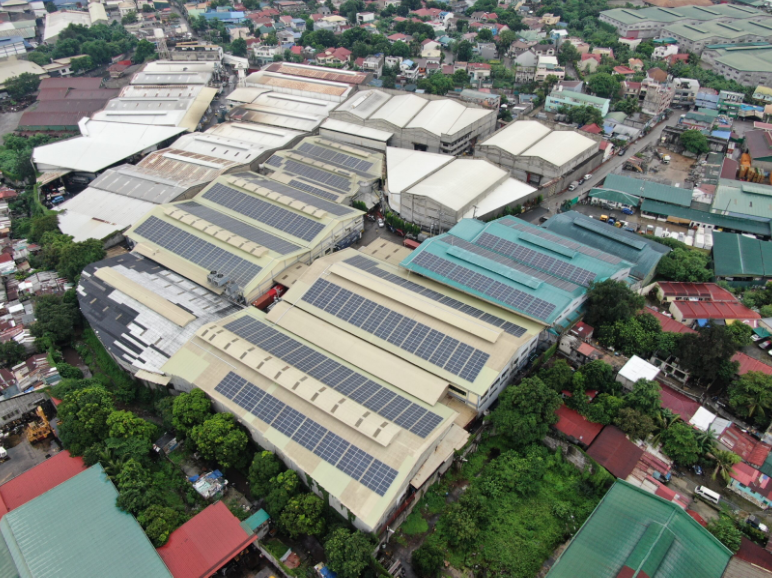In the ever-evolving landscape of renewable energy, the Solar Power Purchase Agreement (Solar PPA) has emerged as a game-changing solution for businesses and organizations seeking to harness the power of the sun. A Solar PPA is a financial arrangement where a third-party developer owns, operates, and maintains a solar energy system installed on a customer’s property, and the customer agrees to purchase the electricity generated by the system at a fixed rate over a long-term contract, typically ranging from 10 to 25 years.
This innovative model allows businesses to enjoy the benefits of solar energy without the upfront capital investment or the hassle of system maintenance. By leveraging the expertise and resources of the solar provider, organizations can access clean, renewable energy while focusing on their core operations.
Understanding the Financial Benefits of Solar Energy
The financial advantages of a Solar PPA are numerous and can significantly impact a business’s bottom line. One of the primary benefits is the ability to lock in a fixed electricity rate for the duration of the contract, often at a lower price than the prevailing utility rates. This price stability can provide a valuable hedge against the fluctuations of the traditional energy market, allowing businesses to better forecast and manage their energy costs.
Another key financial benefit is the elimination of the upfront capital investment required for a solar energy system. Under a Solar PPA, the solar provider covers the initial installation and ongoing maintenance costs, allowing the customer to enjoy the benefits of solar energy without the need for a large upfront investment. This can free up valuable capital that can be reinvested into other areas of the business, such as expansion, research and development, or employee development.
Furthermore, Solar PPAs can provide access to tax credits and other financial incentives that may not be available to the customer directly. The solar provider can leverage these incentives to offer more competitive rates to the customer, further enhancing the financial benefits of the arrangement.
How Does a Solar PPA Work?
The process of establishing a Solar PPA typically involves the following steps:
- Site Evaluation: The solar provider will assess the customer’s property, analyzing factors such as roof orientation, shading, and energy usage to determine the optimal solar energy system design.
- System Design and Installation: The solar provider will handle the design, permitting, and installation of the solar energy system, ensuring that it meets all applicable regulations and standards.
- Electricity Generation and Delivery: The solar energy system generates electricity, which the customer then purchases at the agreed-upon rate specified in the PPA contract.
- Maintenance and Monitoring: The solar provider will be responsible for the ongoing maintenance, monitoring, and performance of the solar energy system, ensuring optimal efficiency and output.
- Billing and Payment: The customer will receive a monthly bill from the solar provider for the electricity generated by the system, which is typically lower than the prevailing utility rates.
Advantages of a Solar PPA
- No Upfront Costs: With a Solar PPA, the customer avoids the significant upfront capital investment required for a traditional solar energy system, making it a more accessible option for businesses of all sizes.
- Predictable Energy Costs: The fixed electricity rate provided by a Solar PPA offers price stability, allowing customers to better forecast and manage their energy expenses over the long term.
- Reduced Carbon Footprint: By transitioning to solar energy, businesses can significantly reduce their carbon emissions and contribute to a more sustainable future.
- Increased Property Value: The installation of a solar energy system can increase the value of the customer’s property, providing an additional financial benefit.
- Low Maintenance: The solar provider is responsible for the ongoing maintenance and performance of the system, freeing up the customer’s resources to focus on their core business activities.
- Access to Incentives: Solar providers can leverage tax credits, rebates, and other financial incentives to offer more competitive rates to the customer, further enhancing the financial benefits of the arrangement.
Factors to Consider Before Entering into a Solar PPA
While a Solar PPA can offer numerous advantages, there are several factors that businesses should consider before entering into such an agreement:
- Contract Duration: The typical Solar PPA contract length ranges from 10 to 25 years, which may be a significant commitment for some organizations. It’s important to carefully review the contract terms and ensure that the length aligns with the business’s long-term goals and plans.
- Energy Consumption Patterns: Businesses should carefully analyze their energy usage patterns to ensure that the solar energy system is designed to meet their specific needs. Underestimating or overestimating energy consumption can impact the financial benefits of the Solar PPA.
- Site Suitability: The physical characteristics of the customer’s property, such as roof orientation, shading, and available space, can impact the efficiency and performance of the solar energy system. Thorough site evaluation is crucial to ensure the system is optimized for the location.
- Solar Provider Reputation: Selecting a reputable and experienced solar provider is essential to ensure the system’s reliable performance and the provider’s ability to fulfill their contractual obligations over the long term.
- Exit Clauses: Businesses should carefully review the contract’s exit clauses and understand the potential penalties or fees associated with early termination or modifications to the agreement.
Bottomline: Is a Solar PPA Right for Your Business?
A Solar Power Purchase Agreement (Solar PPA) can be a highly attractive option for businesses seeking to harness solar energy’s financial and environmental benefits. It can unlock significant cost savings and contribute to a more sustainable future by eliminating the upfront capital investment and providing price stability.
However, it’s essential for businesses to carefully evaluate their unique circumstances, energy needs, and long-term goals before entering into a Solar PPA. By understanding the key factors and working with a reputable solar provider, businesses can make an informed decision and maximize the financial benefits of this innovative renewable energy solution.
If you’re interested in exploring the financial benefits of a Solar PPA for your business, contact Berde Renewables’ solar energy experts today. Berde Renewables Inc. is a portfolio company of Isquared Capital, we have a proven track record of projects and an expert team with 30+ years of cumulative experience. We’ll help you assess your energy needs, evaluate the suitability of your property, and guide you through the process of establishing a Solar PPA that aligns with your business goals. Take the first step towards a more sustainable and cost-effective energy future.

